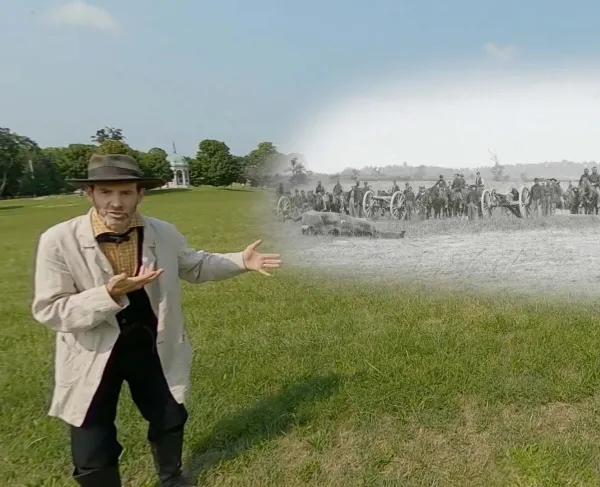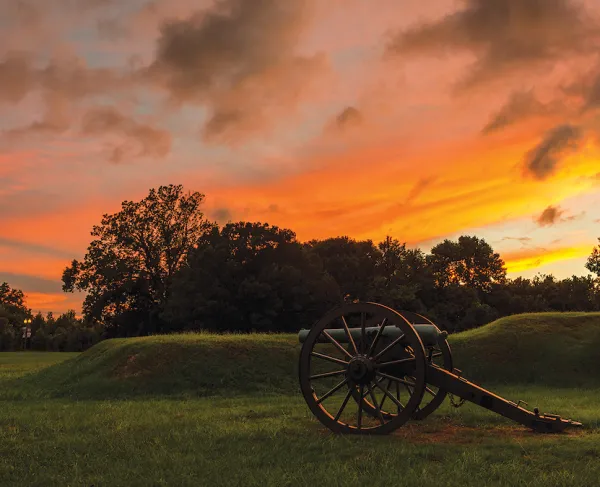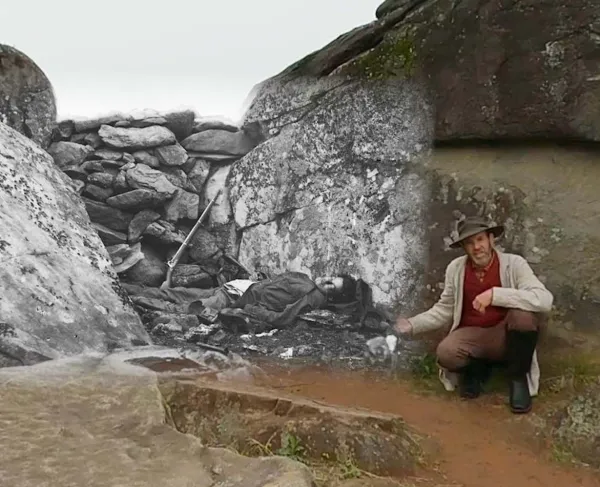Transcribing Historic Documents Inquiry High School Lesson Plan

Grades: High School
Approximate Length of Time: Approximately four 45-minute class periods
Goals: Students will understand how and why historians use text-based primary sources to research historical events.
Objectives:
- Given a historical document, the students will interpret the meaning, historical context, and identify how the document can be useful for research.
- Given a historical document, the students will correctly transcribe the content of the document.
- Students will present their transcript and research orally to their peers.
Common Core:
CCSS.ELA-LITERACY. RH. 11-12.1
Cite specific textual evidence to support analysis of primary and secondary sources, connecting insights gained from specific details to an understanding of the text as a whole.
CCSS.ELA-LITERACY. RH. 9-10.4
Determine the meaning of words and phrases as they are used in a text, including vocabulary describing political, social, or economic aspects of history/social science.
NCSS STANDARDS FOR SOCIAL STUDIES:
1—Culture
2—Time, Continuity, and Change
3—People, Places, and Environment
4—Individual Development and Identity
Materials:
Download the lesson plan, along with the following text-based materials, at the bottom of this page.
- Civil War era primary sources. For many of these you can download and print the original document and give students the background information as you see fit. You can also begin with certain info on the documents and then provide additional info as the students begin their transcription. You can choose from the options below or find documents in your local archives. Note: many of the documents listed are already transcribed online, so be aware of your student’s research, for this reason (we know your students are savvy) it would be best to find local documents.
- Love letter https://digitalcollections.lib.washington.edu/digital/collection/civilwar/id/494/rec/13
- Missing soldier https://digitalcollections.lib.washington.edu/digital/collection/civilwar/id/469/rec/18
- Father to daughter https://digitalcollections.lib.washington.edu/digital/collection/civilwar/id/840/rec/21
- Lincoln to Sumner (click the document image) http://memory.loc.gov/cgi-bin/query/h?ammem/mcc:@field(DOCID+@lit(mcc/079))
- Letter to mom https://www.loc.gov/resource/mreynolds.002006/
- Writing supplies and appropriate reference materials (dictionaries, maps, textbooks, etc.); word-processing and internet access.
- Magnifying glass for reading difficult print
- Transcription Procedure (PDF)
- National Archives Document Analysis Form (PDF)
Anticipatory Set/Hook:
Ask your students - How do historians find answers to questions?
If you want to know what a relative looked like in the past, what do you do?
- Look for old photos
What if you wanted to learn about your birth weight and height?
- Look for birth announcement or hospital records
- Ask a relative
If you want to learn about what people thought about a certain historic event, maybe the election of the first African American president. What might you do?
- Look in newspapers from around that time
- Look online at what was trending on or around the dates of those events to see what people were saying
- Look at emails or letters sent between people at those times
- Interview family who lived through the event
These are all examples of asking historical questions and using primary sources to find answers. This is just what historians do when they want to answer a question.
Procedure:
This activity works best when students work in pairs; therefore, prior to starting this lesson determine how students will be paired for this cooperative learning activity.
Period 1: Lesson Introduction; Start Transcriptions
- Provide folders for working pairs to store their primary source documents and all work/forms. Inside the folder include:
- The Transcription Procedure (PDF)
- The primary source document they will be transcribing
- Any materials related to the primary source document
- The National Archives Document Analysis Form (PDF)
- Extra paper for note taking and transcription
- Show students reference materials that are available for their use during the transcription process (dictionaries, maps, textbooks, online resources, etc.).
- Go through The Transcription Procedure (PDF) and the Document Analysis Form (PDF)
- Allow time for student pairs to begin their work.
- Keep a record of the questions and issues students bring forward throughout the process. This will be a discussion at the end of the lesson.
- Collect the folders of documents and save the transcriptions at the end of the period.
Period 2: Finish Transcriptions; Interpretation
- Distribute folders to student pairs.
- Allow time for student pairs to finish their transcriptions and fill in their Document Analysis Form.
- Collect the folders and save all transcriptions at the end of the period.
Period 3: Further Research; Prepare to Present
- Distribute folders.
- Students should finish their research and prepare to give their presentations.
- Collect folders.
Period 4: Transcription Presentations/Evaluations
- Allow pairs of students to present.
- Consider having students present their transcriptions in chronological order if their primary sources are part of a collection.
- Discuss topics addressed in the primary sources that interest students or relate to classroom studies.
Closure:
Discuss the task of transcribing and issues that were brought-up throughout the process. How were the issues resolved?
Discuss why historians would take the time to transcribe documents. Might they find some evidence that others have not yet uncovered? Could transcribing something help support or refute their thesis? Why would this be important?
Ask, do you feel this was a daunting task or did it feel manageable? What did you discover about the writing of people from this time period?
Assessment:
Students will transcribe, interpret, and contextualize a primary source document, and complete an oral presentation.





